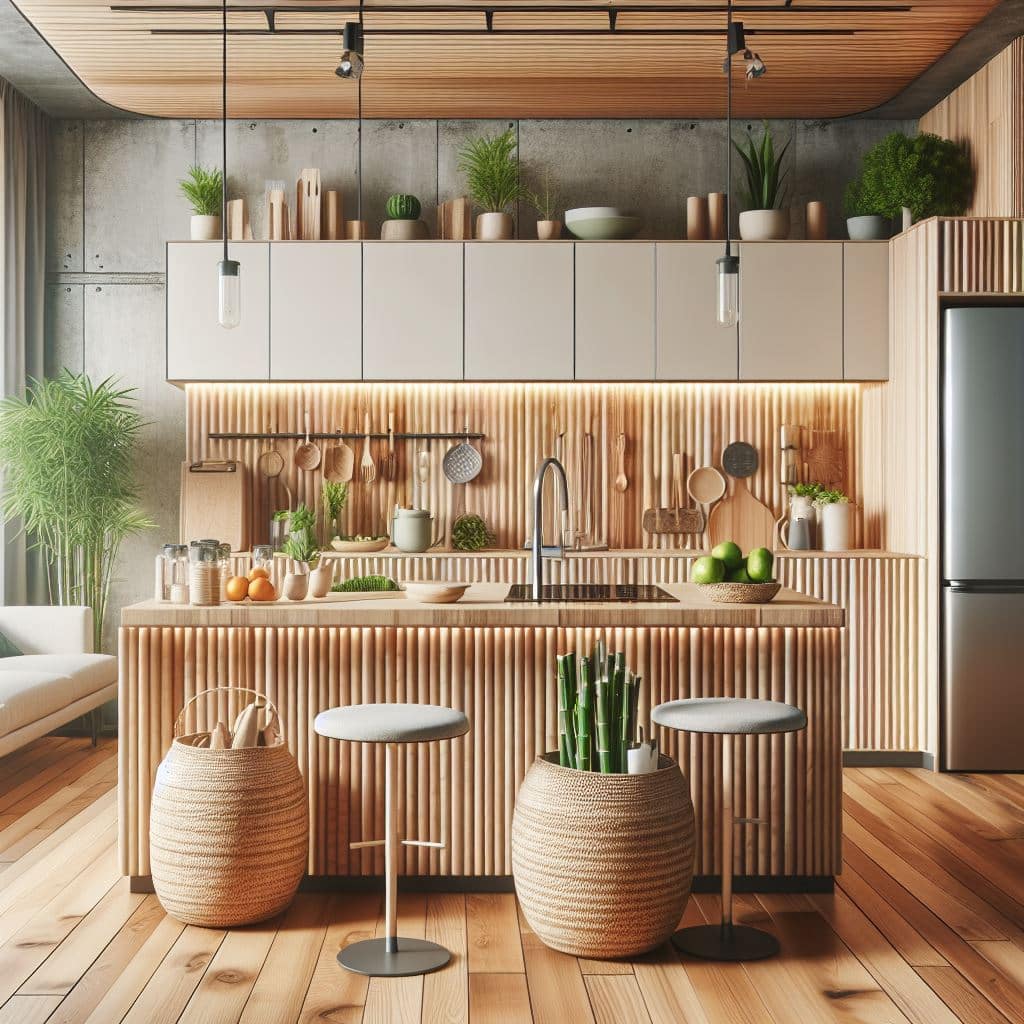The Environmental Benefits of Cabinet Refacing
You’ve been thinking about giving your kitchen a sustainable makeover. New eco-friendly cabinets would be great, but the cost and waste of ripping out your existing cabinets and installing all new ones gives you pause. Luckily, there’s an affordable, earth-friendly option: cabinet refacing.
There are many benefits of kitchen refacing. Refacing your cabinets allows you to transform your kitchen by replacing just the cabinet doors and drawer fronts, not the entire cabinet box. Keeping the cabinet structure in place means generating almost no waste and saving thousands of dollars. With stylish new doors made of reclaimed, recycled, or sustainable wood, you’ll get an instant kitchen upgrade with a minimal environmental footprint.
How Refacing Saves Resources Compared to Full Replacement
Cabinet refacing is the sustainable choice for your kitchen remodel. By reusing your existing cabinet boxes, you avoid sending pounds of wood and metal to the landfill. Refacing also requires fewer raw materials since only new doors and fronts are added, reducing deforestation.
The refacing process generates less waste overall. Removed doors and hardware can be donated or recycled. And with minimal demolition, there’s little to no debris to haul away. This eco-friendly approach cuts down on pollution from transporting materials and hauling waste.
Choosing refacing over replacement also saves energy. Manufacturing new cabinets requires an enormous amount of resources and fossil fuels. Refacing skips this manufacturing step, so it’s a much greener option.
If you do opt for new cabinet doors, look for sustainable wood species and finishes. Bamboo, cork and recycled wood materials are all great eco-friendly choices. Water-based stains and paints with low or no volatile organic compounds (VOCs) help create an environmentally-friendly space.
For hardware, choose metal or natural materials over plastic which often isn’t recycled and ends up in landfills. When your new cabinet doors and hardware are installed, you’ll have an eco-friendly kitchen makeover you can feel good about. Save the planet and save money—what’s not to love about cabinet refacing?
Refacing Supports a Circular Economy
Refacing your kitchen cabinets is the sustainable choice. Compared to a full cabinet replacement, refacing saves time, money, and resources.
Less Raw Materials
Cabinet refacing uses the existing cabinet boxes, only replacing the doors and drawer fronts. This reduces the amount of wood and other materials needed compared to building entirely new cabinets. Fewer trees are cut down and less waste ends up in landfills.
Less Energy Usage
Producing and transporting cabinet materials requires a lot of energy. By reusing your existing cabinet boxes, refacing significantly cuts down on the total energy needed for your kitchen remodel. The reduced need to cut, sand, stain and finish wood also decreases pollution from these processes.
Less Cost
Cabinet refacing can cost up to 50% less than full replacement. The lower material and labor costs mean more money in your pocket and less environmental impact from production and transportation of new cabinets.
Faster Renovation
Refacing typically only takes 3 to 5 days to complete, compared to weeks needed for removal and replacement of cabinets. The quicker process reduces the amount of time workers spend in your home, decreasing fuel usage and pollution from driving and equipment operation. When it comes to eco-friendly kitchen makeovers, refacing your cabinets is a win-win for your wallet and the planet. By reusing what you have instead of starting from scratch, you can achieve a stylish new look with a much smaller environmental footprint. Now that’s sustainability in action!
